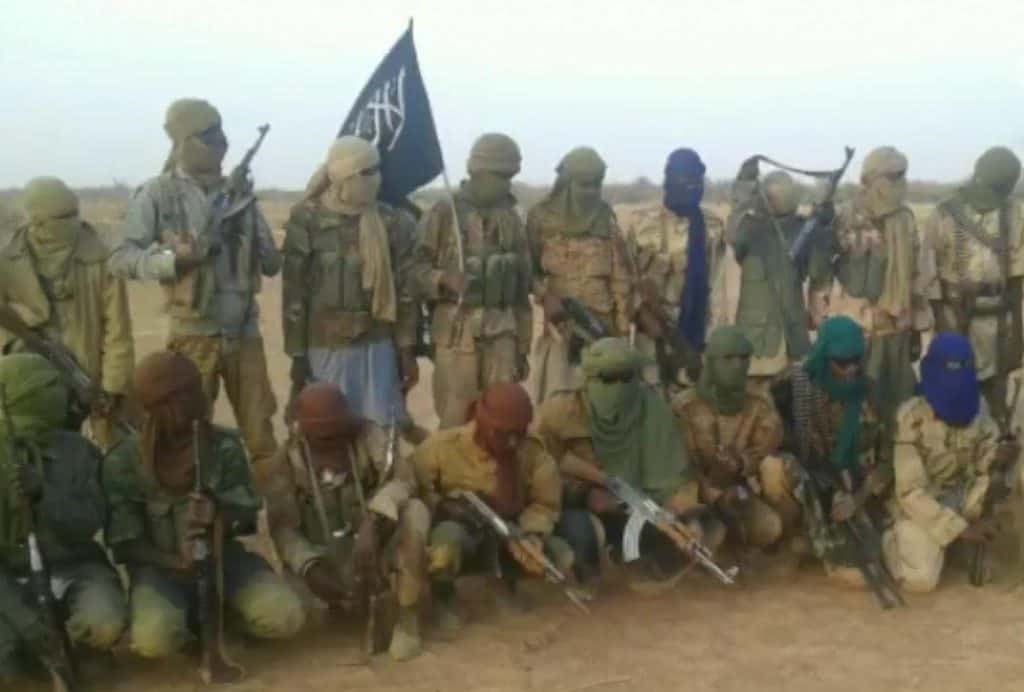
In a recent report from Human Rights Watch (HRW), the organization documented several massacres committed by both jihadists and government forces in northern Burkina Faso. The report signals both the complexity of the security situation, as well as the exacerbation of conditions that engender the very same jihadist problem.
From mid-2018 to last month, HRW has documented several massacres or other instances in which jihadist forces killed at least 42 civilians. At the same time, another 116 civilians were found to have been murdered by government forces in extrajudicial killings. This coincides with a report released by HRW last year, that saw another two dozen civilians murdered by both jihadists and government forces.
While HRW has been able to identify these instances and a rough number of victims, an untold number of other civilians have been forcibly removed from homes or towns across northern Burkina Faso as the military attempts to combat groups such as al Qaeda’s Group for Support of Islam and Muslims (JNIM), Ansaroul Islam, and the Islamic State in the Greater Sahara (ISGS).
The group’s report found that jihadist forces are also actively engaged in intimidation against the local populace, in which all local ethnic groups have been targeted. For instance, one massacre reportedly targeted a particular ethnic group that was attempting to form a self-defense militia.
Government forces, on the other hand, have reportedly put much of its effort into targeting the Fulani population. This has been echoed by JNIM in particular, who has attempted to portray itself as the true defender of the largely-Muslim Fulani population from the Malian and Burkinabe governments.
According to HRW, this has also played into exacerbating the tensions between the ethnic groups. As such, this also helps contribute to the narrative of the jihadists, as these forces can continue to claim that the Fulani are a persecuted community and need the jihadists for protection.
HRW’s reporting from Burkina Faso largely tracks with the situation in central Mali. The organization has also documented several massacres and executions by jihadists and the Malian government against the local populations of central Mali, as well. As the situation in central Mali continues to deteriorate, these events only serve as an accelerant for further atrocities.
For instance, on Saturday, at least 134 Fulani civilians were murdered by an ethnic Dogon militia. That militia, Dan Na Ambassagou, has been linked to several other massacres against Fulani civilians in central Mali. Much like other examples of communal violence, this will likely lead to a retaliatory attack on the Dogon population. It is also likely that JNIM will exploit Saturday’s attack for its own narrative.
JNIM has already been firmly rooted in the ethnic conflict in central Mali, just like its affiliate Ansaroul Islam is in northern Burkina Faso. Last year, the UN found several instances in which JNIM directly took part in communal violence against Dogon or Bambara communities.
Jihadists stand to gain from the deteriorating situations as they can exploit these tensions, as well the cycle of violence, to build public support by positing itself as a local defense force. In a worsening security climate, the jihadists can build public support off of the fear of the central government or rival communities, which in turn helps recruit new soldiers and widen its support base across central Mali and Burkina Faso. That also allows for jihadists, such as JNIM, to utilize cross-border networks for attacks elsewhere.







